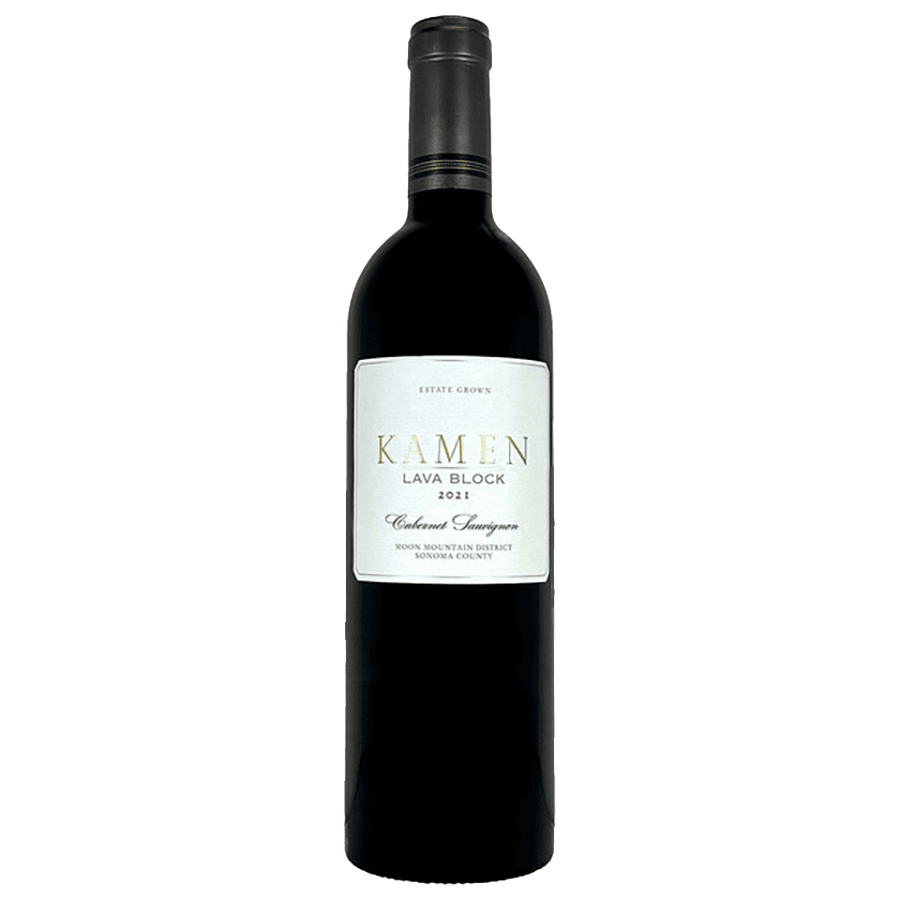The Moon Mountain District, a revered American Viticultural Area (AVA) nestled within the expanse of Sonoma Valley, is steeped in viticultural history and rich in the terroir that defines its unique wine offerings. With its establishment as a distinct AVA in 2013, the Moon Mountain District has carved out a place for itself in the annals of American winemaking. This area, celebrated for its robust, intensely flavorful wines, beckons oenophiles and casual wine enthusiasts alike to explore its vinous treasures.
Historical Backdrop
The history of the Moon Mountain District is a narrative of land and legacy, entwined with the cultural tapestry of Sonoma Valley. Named after the scenic Moon Mountain Road that traverses its terrain, the district echoes the name “Sonoma,” which in the local Native American dialect means ‘valley of the moon.’ The viticultural roots of this region stretch deep, with vineyards sprawling across the mountainous landscape, reflecting decades of winemaking evolution. The quest for a separate AVA designation, granted due to the area’s unique volcanic soils and distinct microclimate, underscores a commitment to recognizing and preserving the uniqueness of its terroir.
Geographical Essence
Positioned just north of the city of Sonoma, the Moon Mountain District AVA is delineated by the western slopes of the Mayacamas Mountains, spanning from Sugarloaf Ridge to Carneros. This placement not only gifts the region with breathtaking vistas but also instills the terroir with characteristics found nowhere else. The district, comprising approximately 17,500 acres, with about 1,500 acres under vine, benefits from an elevation that ranges up to 2,200 feet above sea level, offering a vantage point above the cooling fogs that roll into Sonoma Valley.
Soil and Climate
The soul of the Moon Mountain District lies in its volcanic soil and the climatic conditions that nurture its vineyards. The iron-rich, volcanic origins of the soil set this region apart, fostering a winegrowing environment that challenges and rewards in equal measure. The thin, red, rocky soils, exemplified by the legendary Monte Rosso vineyard, are not only a testament to the area’s volcanic heritage but also to the meticulous stewardship of its viticulturists.
Climatically, the district enjoys a warmth moderated by maritime breezes from the Pacific Ocean and San Pablo Bay, creating a unique microclimate. Despite its inland position, which typically forecasts warmer temperatures, the region benefits from these cooling influences, albeit warmed by their journey across the valley. This dynamic interplay between elevation, sunlight, and temperature crafts a growing season that begins early and extends sufficiently to allow grapes a prolonged maturation period, ensuring a balanced development of sugars and acidity.
Grape Varieties
The Moon Mountain District is a bastion for a variety of grape species, among which Cabernet Sauvignon and Syrah stand as the region’s vinous ambassadors. These varietals, thriving in the district’s volcanic soil and benefitting from its idyllic climate, encapsulate the essence of Moon Mountain’s terroir in their depth and complexity. Beyond these, the area is home to an array of grapes, each contributing to the diverse portfolio of wines that the region is celebrated for.
Wine Profile
Wines originating from the Moon Mountain District are lauded for their rich, intense flavors that mirror the landscape from which they are born. The Cabernet Sauvignon, for instance, is known for its structured complexity, offering a palette of dark fruits, earthy undertones, and a firm tannic backbone. Syrah, on the other hand, delights with its spicy notes, full body, and an elegant finish that speaks to the meticulous cultivation and winemaking practices prevalent in the region. The overarching profile of wines from this district is one of balance, where the interplay of fruit, acidity, and tannins is orchestrated with precision, reflecting the unique character of the Moon Mountain terroir.
The Moon Mountain District stands as a testament to the symbiotic relationship between land, climate, and human endeavor. Its wines, rooted in the distinct soil and bathed in the golden sunlight of Sonoma, carry the story of a region dedicated to the art and science of winemaking. For those seeking to immerse themselves in the narrative of American viticulture, a journey through the Moon Mountain District offers not just a taste of its esteemed wines, but a glimpse into the heart of Sonoma Valley’s winemaking heritage.



